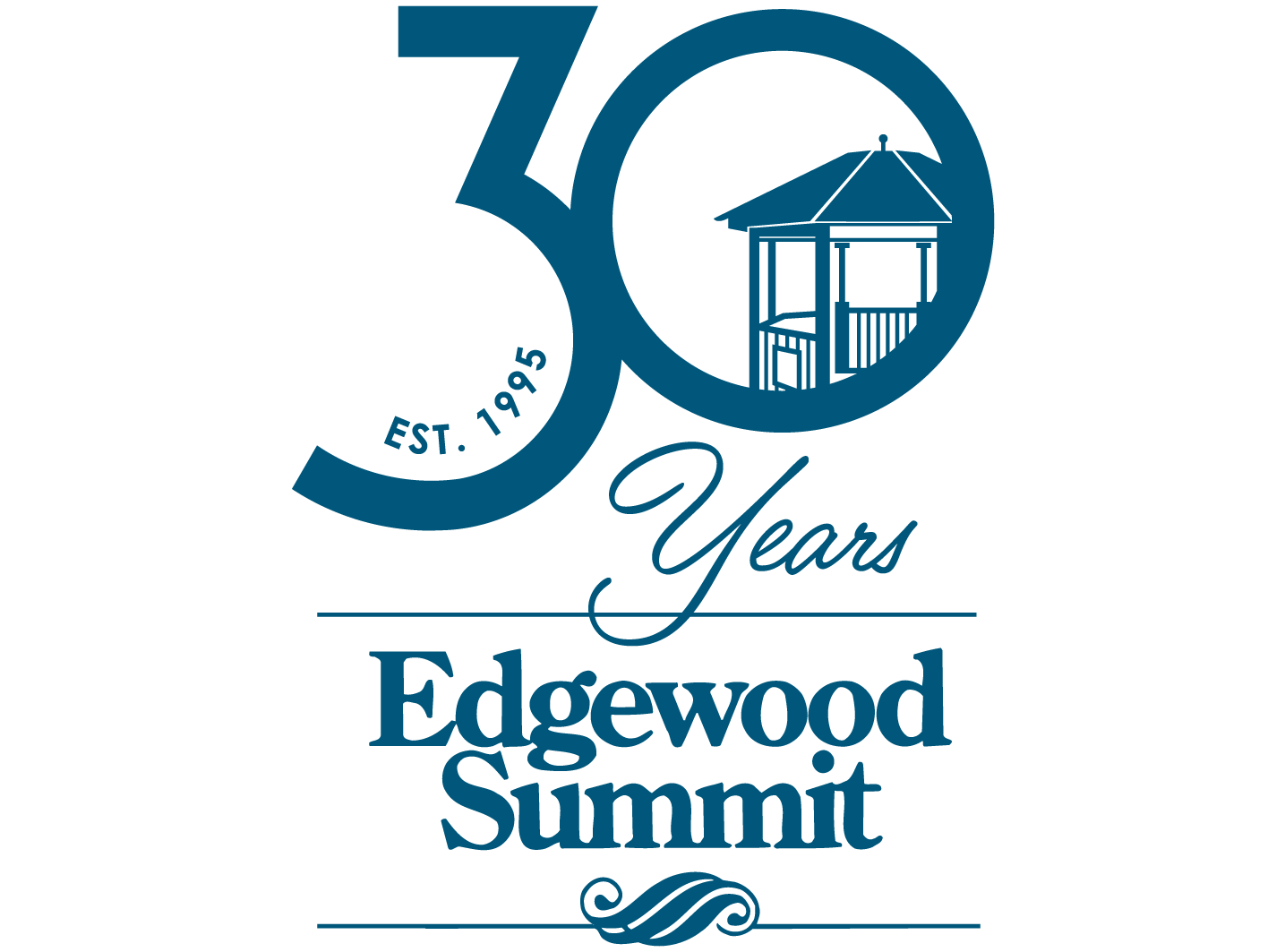As your loved one ages, you may find yourself weighing the costs of assisted living versus aging in place. Many people assume that staying at home is the most affordable option, but as care needs increase, home care expenses can add up quickly. In some cases, assisted living becomes the more cost-effective choice – while also offering additional benefits like built-in safety features, social engagement and 24/7 support.
So, when does it make financial sense to choose assisted living over aging at home? The answer lies in the cost of home care, necessary home modifications, and overall quality of life.
The Financial Tipping Point: When Home Care Costs More Than Assisted Living
One of the biggest expenses of aging in place is the cost of home care, which includes assistance with daily tasks such as bathing, dressing, medication management, and meal preparation. While home care may be affordable for those needing only a few hours of support per week, costs can quickly become unmanageable as needs increase.
According to the Genworth 2023 Cost of Care Survey, the national median rate for in-home care is about $30 per hour. That means:
- 20 hours per week of home care = $2,400 per month
- 40 hours per week of home care = $4,800 per month
- 24/7 care (for individuals needing round-the-clock assistance) = $18,000+ per month
By comparison, the average cost of assisted living in West Virginia typically falls between $4,000 and $5,500 per month, including housing, meals, utilities, transportation, social activities and 24/7 access to care.
This means that if your loved one requires more than 40 hours per week of home care, assisted living may be the more financially sensible option.
Aging in Place: The Hidden Costs of Home Modifications
In addition to home care costs, many older adults need home modifications to make aging in place safe and accessible. Older homes, especially, may require significant updates to reduce fall risks and accommodate mobility challenges. Here are some common home modification costs:
- Widening doorways and hallways: $300-$1,000 per doorway
- Installing ramps and grab bars: $500-$2,000
- Bathroom and kitchen modifications: $1,000-$5,000
- Replacing carpet with non-slip flooring: $1,000-$3,000
- Walk-in shower installation: $1,000-$12,000+
- Medical alert systems: $50-$200 per month
While some of these modifications are one-time expenses, others – like medical alert systems or home health monitoring – are ongoing costs that add to the total expense of aging in place.
Beyond the financial aspect, staying in a home that isn’t designed for aging safely increases the risk of falls and medical emergencies, which could lead to hospitalizations and costly long-term care needs.
The Value of Assisted Living Beyond Cost
While assisted living can be the more affordable option compared to full-time home care, the real value extends beyond finances. At Edgewood Summit, residents enjoy:
- A built-in community that prevents loneliness and isolation
- Safe, age-friendly housing designed for mobility and accessibility
- On-site wellness programs and recreational activities
- Nutritious, chef-prepared meals without the hassle of cooking
- 24/7 support from trained caregivers
Rather than worrying about home upkeep, personal safety, or coordinating multiple home care services, assisted living offers an all-in-one solution for seniors who want to maintain their independence while having access to support when needed.
When Is the Right Time to Make the Move?
If your loved one’s home care costs exceed 40 hours per week, or if home modifications would require significant financial investment, assisted living may be the smarter financial and lifestyle choice. Read our blog to learn about some more assisted living misconceptions.
At Edgewood Summit, we offer transparent pricing and a community designed for comfort, safety and engagement. It’s no reason we’ve been consecutively voted Best in the Valley for assisted living.


